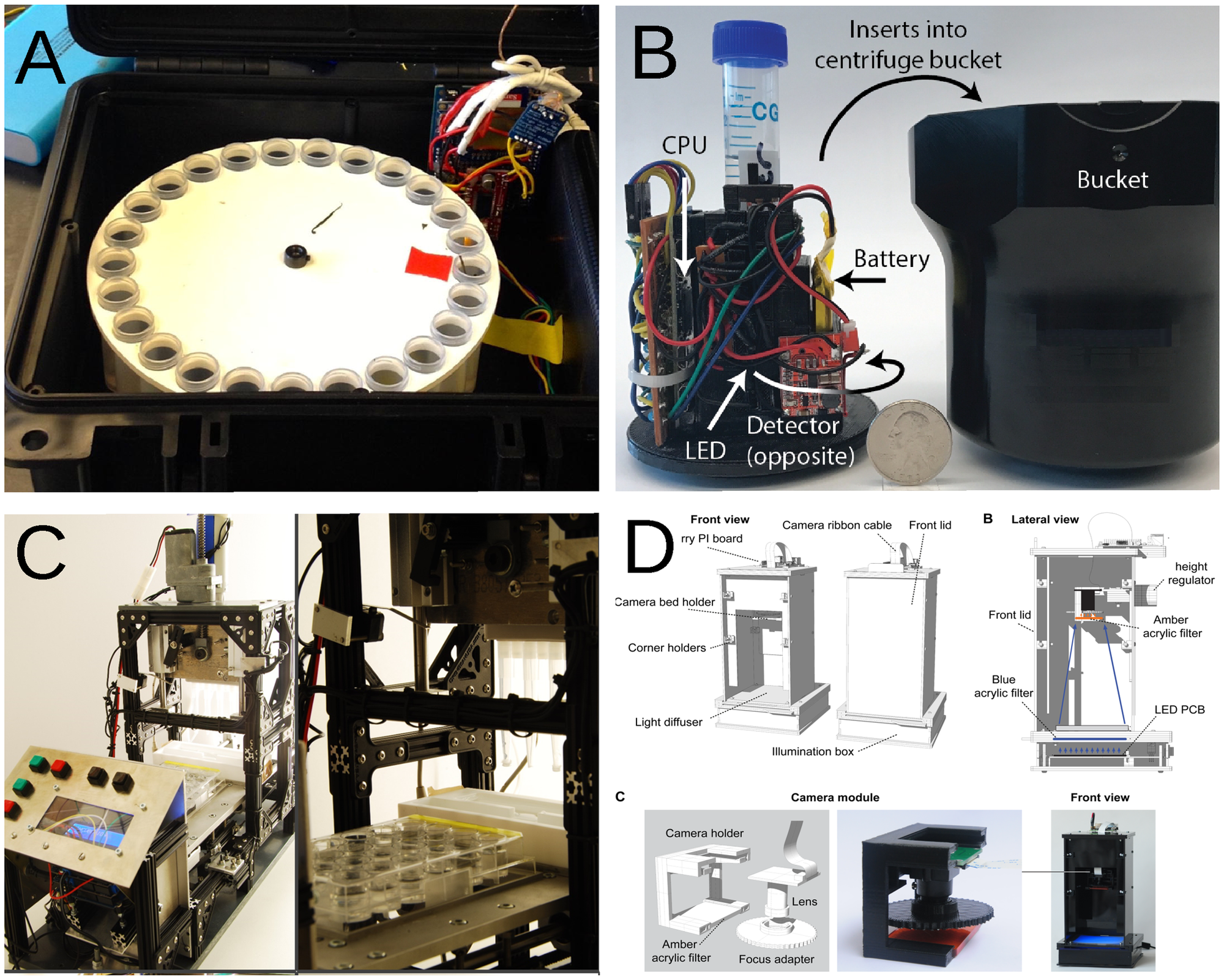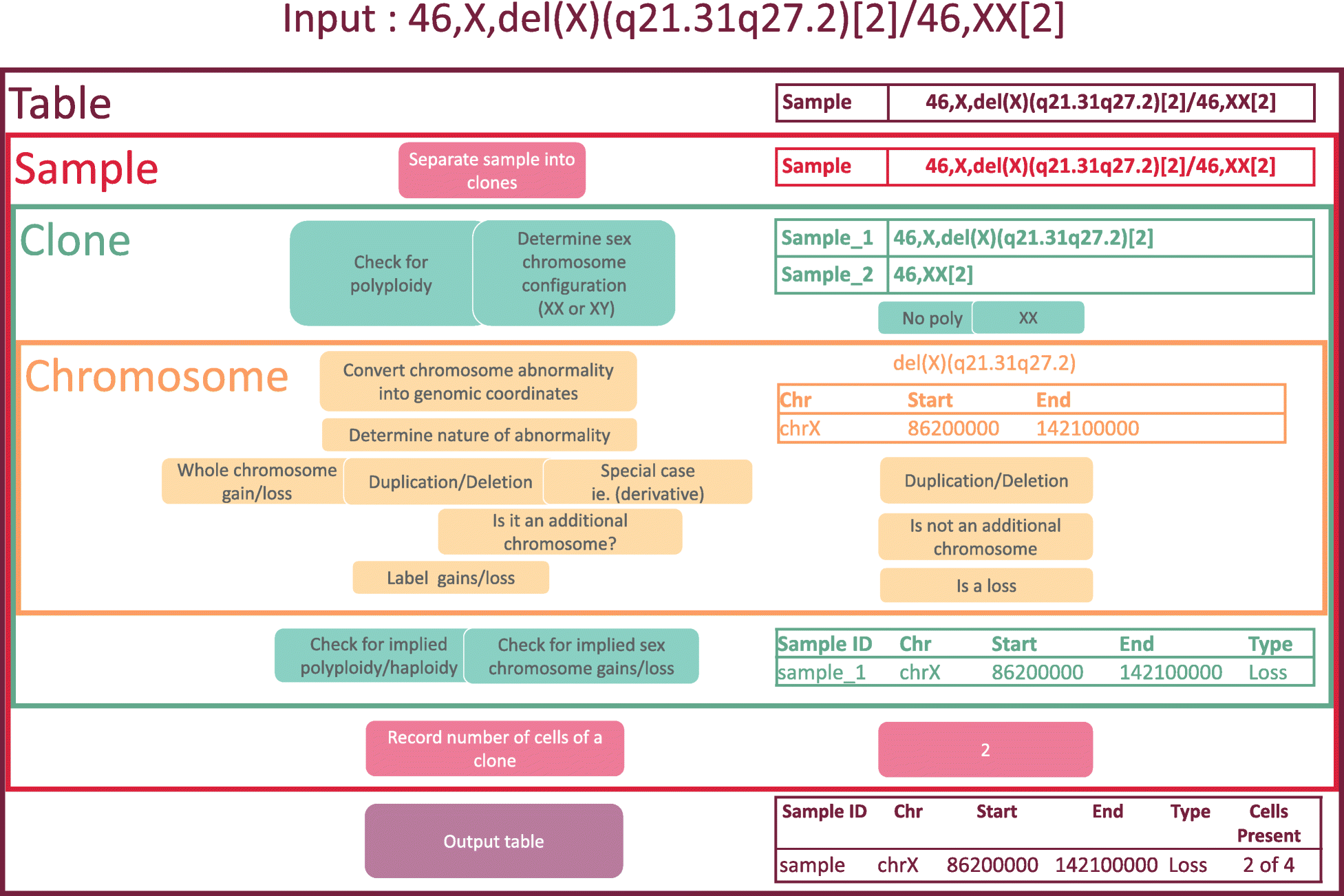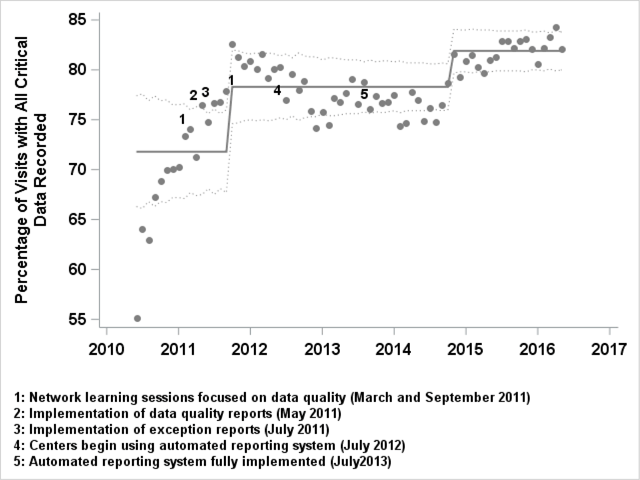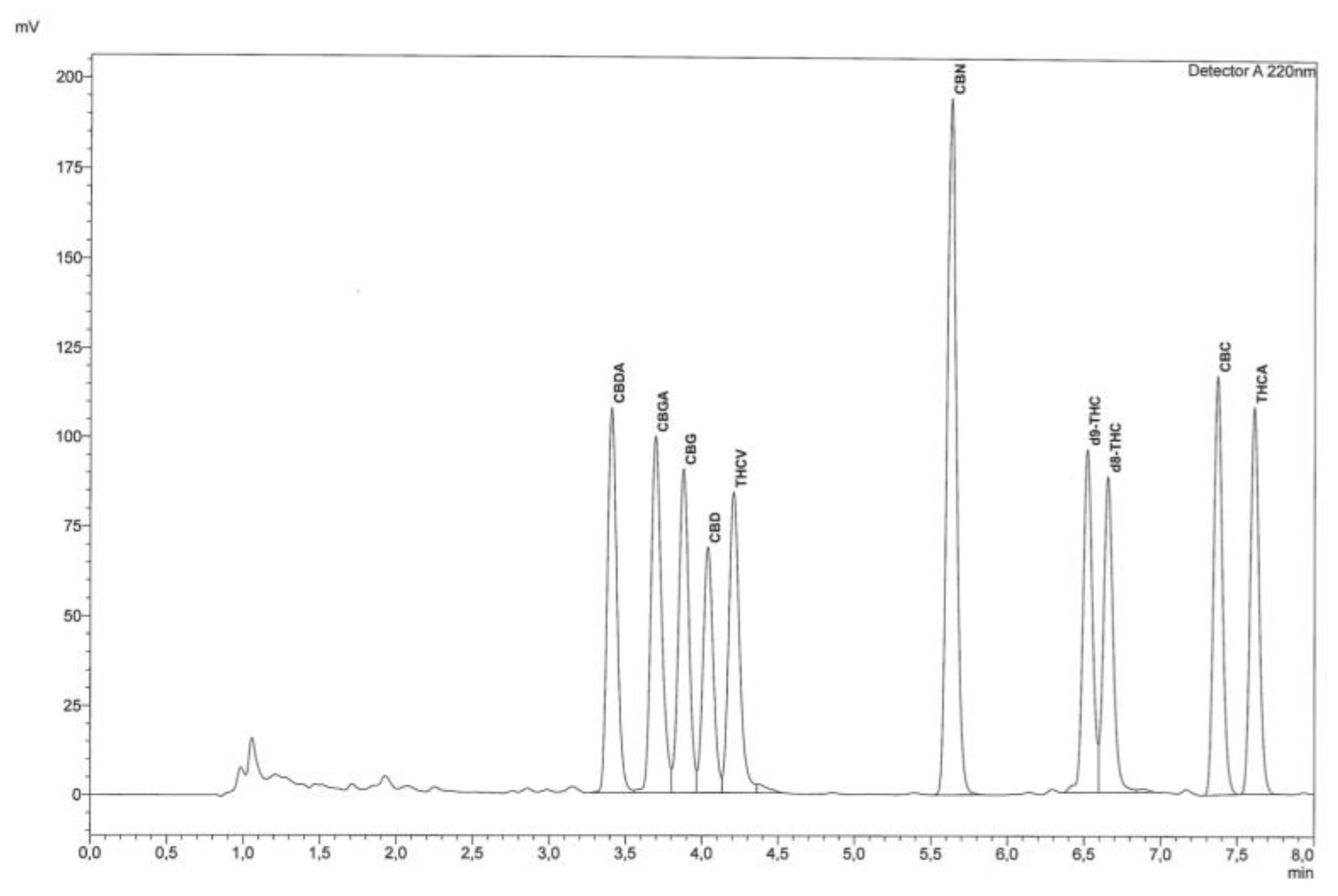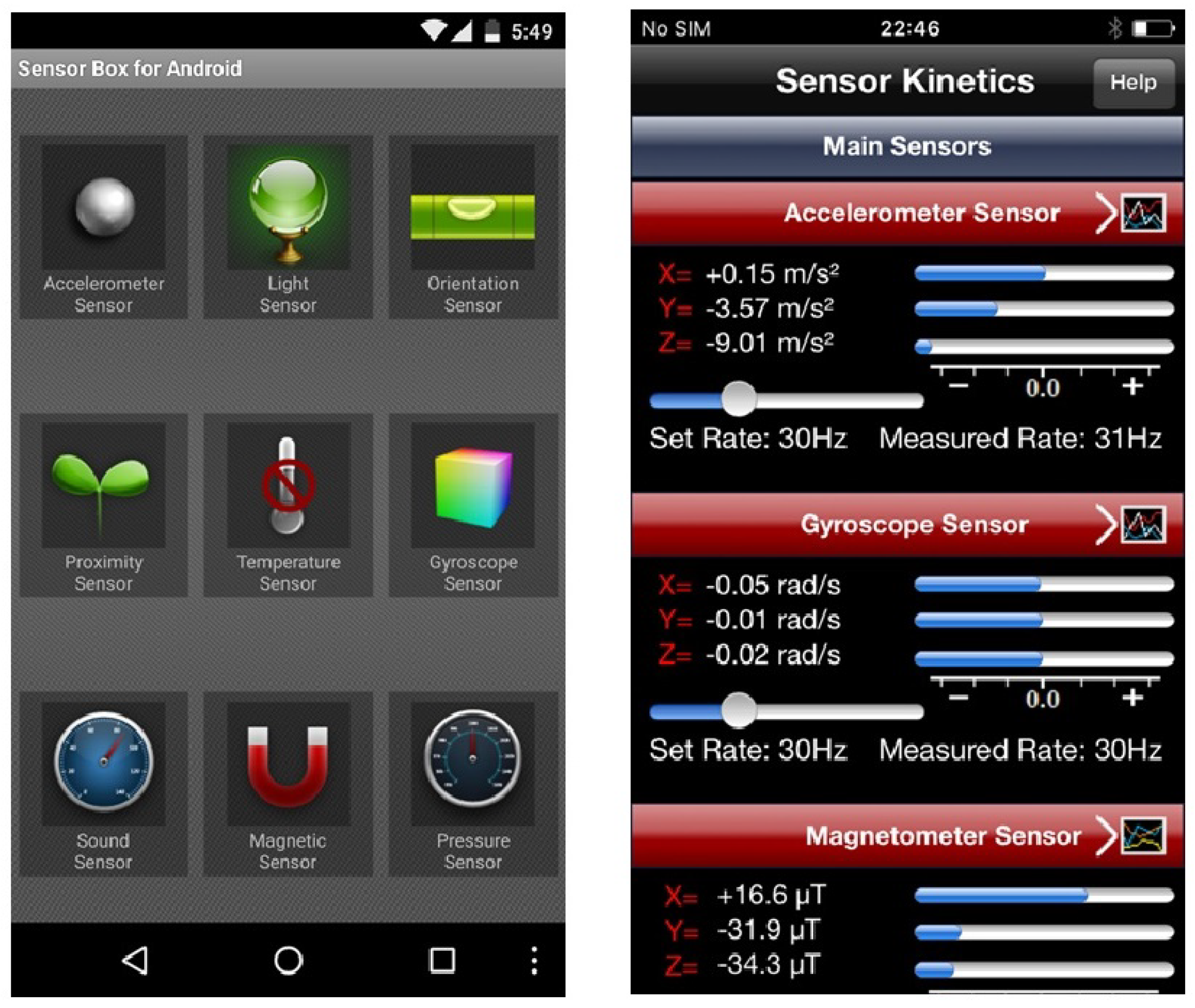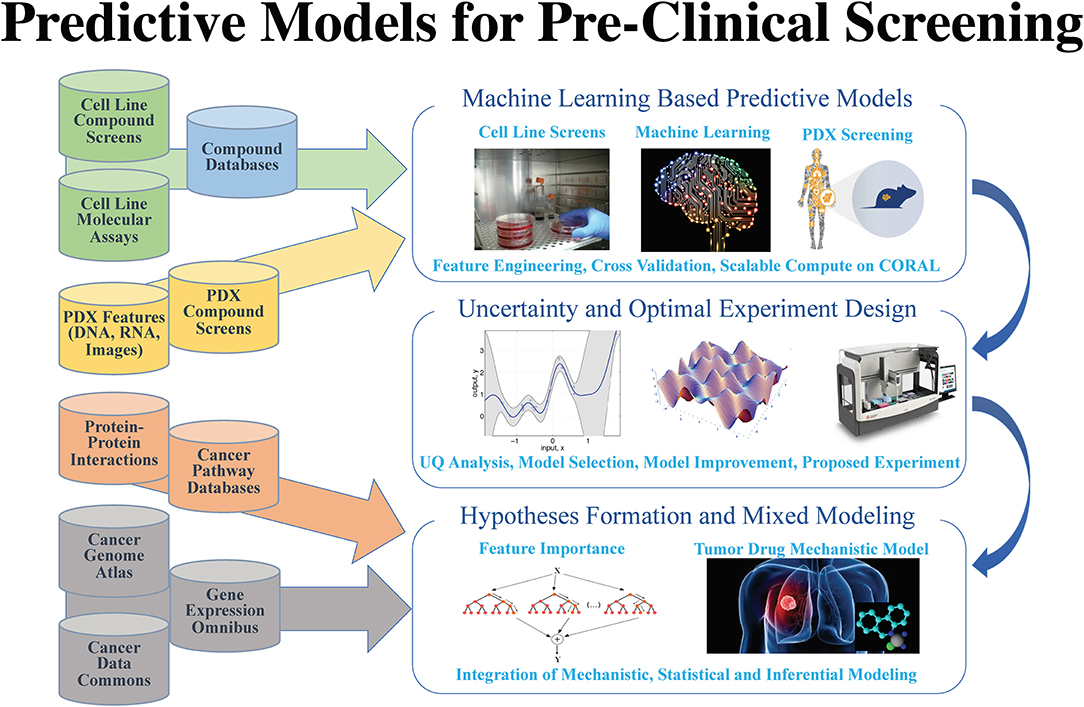Difference between revisions of "Main Page/Featured article of the week/2020"
Shawndouglas (talk | contribs) (Added last week's article of the week) |
Shawndouglas (talk | contribs) (Added last week's article of the week) |
||
| Line 17: | Line 17: | ||
<!-- Below this line begin pasting previous news --> | <!-- Below this line begin pasting previous news --> | ||
<h2 style="font-size:105%; font-weight:bold; text-align:left; color:#000; padding:0.2em 0.4em; width:50%;">Featured article of the week: February 03–16:</h2> | <h2 style="font-size:105%; font-weight:bold; text-align:left; color:#000; padding:0.2em 0.4em; width:50%;">Featured article of the week: February 17–23:</h2> | ||
<div style="float: left; margin: 0.5em 0.9em 0.4em 0em;">[[File:Fig1 Chagas PLOSBio2018 16-9.png|240px]]</div> | |||
'''"[[Journal:Haves and have nots must find a better way: The case for open scientific hardware|Haves and have nots must find a better way: The case for open scientific hardware]]"''' | |||
Many efforts are making science more open and accessible; they are mostly concentrated on issues that appear before and after experiments are performed: open access journals, open databases, and many other tools to increase reproducibility of science and access to [[information]]. However, these initiatives do not promote access to scientific equipment necessary for experiments. Mostly due to monetary constraints, equipment availability has always been uneven around the globe, affecting predominantly low-income countries and institutions. Here, a case is made for the use of free open-source hardware in research and education, including countries and institutions where funds were never the biggest problem. ('''[[Journal:Haves and have nots must find a better way: The case for open scientific hardware|Full article...]]''')<br /> | |||
|- | |||
|<br /><h2 style="font-size:105%; font-weight:bold; text-align:left; color:#000; padding:0.2em 0.4em; width:50%;">Featured article of the week: February 03–16:</h2> | |||
<div style="float: left; margin: 0.5em 0.9em 0.4em 0em;">[[File:Fig1 Wang BMCBioinfo2019 20.png|240px]]</div> | <div style="float: left; margin: 0.5em 0.9em 0.4em 0em;">[[File:Fig1 Wang BMCBioinfo2019 20.png|240px]]</div> | ||
'''"[[Journal:CytoConverter: A web-based tool to convert karyotypes to genomic coordinates|CytoConverter: A web-based tool to convert karyotypes to genomic coordinates]]"''' | '''"[[Journal:CytoConverter: A web-based tool to convert karyotypes to genomic coordinates|CytoConverter: A web-based tool to convert karyotypes to genomic coordinates]]"''' | ||
Revision as of 22:56, 24 February 2020
|
|
If you're looking for other "Article of the Week" archives: 2014 - 2015 - 2016 - 2017 - 2018 - 2019 - 2020 |
Featured article of the week archive - 2020
Welcome to the LIMSwiki 2020 archive for the Featured Article of the Week.
Featured article of the week: February 17–23:"Haves and have nots must find a better way: The case for open scientific hardware" Many efforts are making science more open and accessible; they are mostly concentrated on issues that appear before and after experiments are performed: open access journals, open databases, and many other tools to increase reproducibility of science and access to information. However, these initiatives do not promote access to scientific equipment necessary for experiments. Mostly due to monetary constraints, equipment availability has always been uneven around the globe, affecting predominantly low-income countries and institutions. Here, a case is made for the use of free open-source hardware in research and education, including countries and institutions where funds were never the biggest problem. (Full article...)
|
